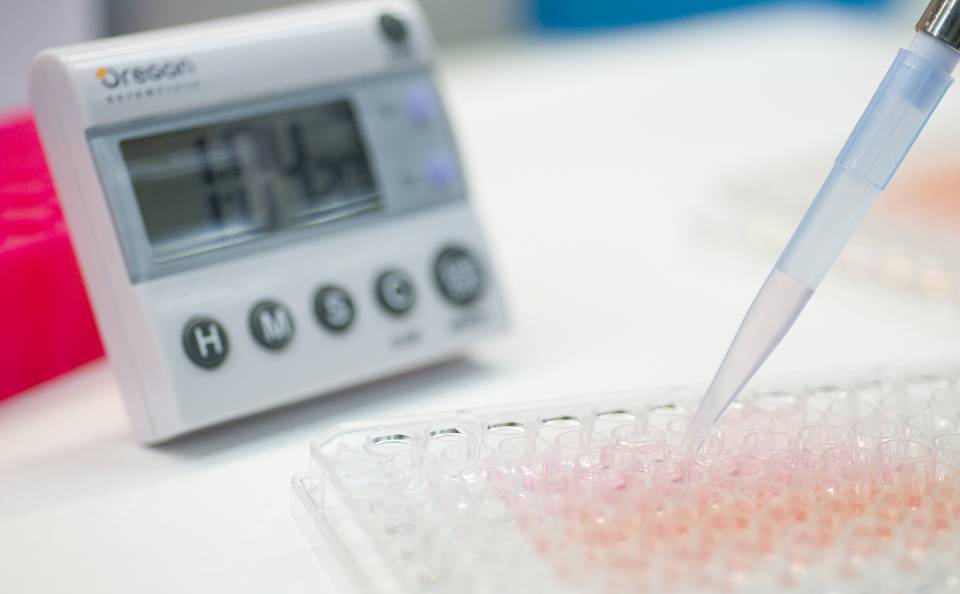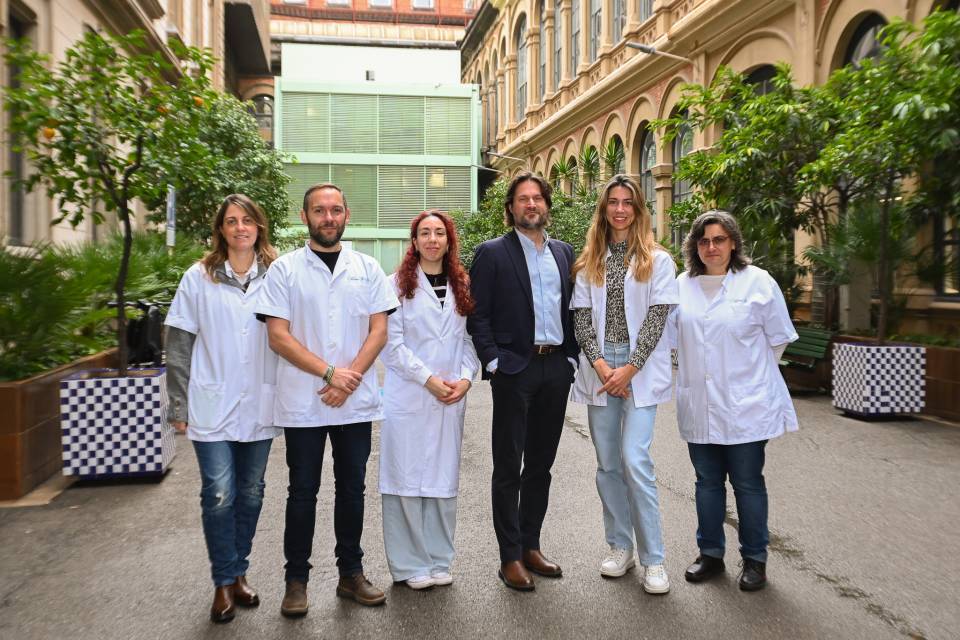Based on the analysis of data from nearly 600 patients, a prediction model was developed to determine the evolution of each patient.
The study, published in the Journal of Hepatology, was coordinated by Dr. Juan Carlos Garcia-Pagán, head of the Hepatic Haemodynamics Unit at the Clínic, head of the IDIBAPS Regulation of Liver Microcirculation in Cirrhosis and Hepatic Vascular Diseases group, and CIBEREHD researcher. It represents interdisciplinary collaboration between the Liver and Digestive Diseases Area of the CIBER (CIBERehd), the Clínic-IDIBAPS and national and international centres belonging to VALDIG (Vascular Liver Disease Interest Group) and the European Reference Network for rare liver disease (ERN-Rare Liver).
What is PSVD and what is its impact on health?
PSVD is a group of rare liver diseases affecting the intrahepatic blood vessels. Although many people with PSV have no symptoms at the time of diagnosis, some can develop serious complications, such as portal hypertension and sometimes bleeding from oesophageal varices. Due to its low prevalence, the clinical course of the disease and prognostic factors are not well characterised.
The largest collection of data on PSVD reveals key prognostic factors
Current knowledge of the history of the disease was based on multicentre studies that included few patients. This work represents the largest collection of data on PSVD to date and has provided insight into the long-term course of the disease. It has collected data from 587 patients with PSVD diagnosed and followed up in 26 centres in different cities in Europe and one in India, with an interest in vascular liver disorders.
The researchers based their study on the hypothesis that factors such as a person’s health conditions and liver and kidney function have a significant influence on the course of PSVD. So, the team sought to identify these factors and develop a model to predict the progression of the disease.
The results show that the overall prognosis for people with PSVD is positive: transplant-free survival was 97% and 83% at 1 and 5 years respectively. However, factors such as the severity of underlying diseases such as for example immune or prothrombotic disorders, as well as certain bilirubin, albumin and creatinine levels in the blood are related to a less favourable prognosis.
A prediction model to improve prognosis
Based on these findings, the team developed a nomogram or prediction tool that, by including the identified risk factors, helps to predict the evolution of PSVD in each patient. This tool could facilitate more tailored therapeutic decisions, improving the quality of life of people with the disease.
This breakthrough not only increases knowledge of an understudied disease, it also provides clinicians with a valuable resource for the monitoring of treatment of PSVD worldwide.
Study reference:
Magaz M, Giudicelli-Lett H, Abraldes JG, Nicoară-Farcău O, Turon F, Rajoriya N, Goel A, Raymenants K, Hillaire S, Téllez L, Elkrief L, Procopet B, Orts L, Nery F, Shukla A, Larrue H, Degroote H, Aguilera V, Llop E, Turco L, Indulti F, Gioia S, Tosetti G, Bitto N, Becchetti C, Alvarado E, Roig C, Diaz R, Praktiknjo M, Konicek AL, Olivas P, Fortea JI, Masnou H, Puente Á, Ardèvol A, Navascués CA, Romero-Gutiérrez M, Scheiner B, Semmler G, Mandorfer M, Damião F, Baiges A, Ojeda A, Simón-Talero M, González-Alayón C, Díaz A, García-Criado Á, De Gottardi A, Hernández-Guerra M, Genescà J, Drilhon N, Noronha Ferreira C, Reiberger T, Rodríguez M, Morillas RM, Crespo J, Trebicka J, Bañares R, Villanueva C, Berzigotti A, Primignani M, La Mura V, Riggio O, Schepis F, Verhelst X, Calleja JL, Bureau C, Albillos A, Nevens F, Hernández-Gea V, Tripathi D, Rautou PE, García-Pagán JC; ERN RARE-LIVER; a study of VALDIG, an EASL consortium. Porto-sinusoidal vascular liver disorder with portal hypertension: Natural history and long-term outcome. J Hepatol. 2024 Aug 22:S0168-8278(24)02481-4. doi: 10.1016/j.jhep.2024.07.035. Epub ahead of print. PMID: 39181213.




